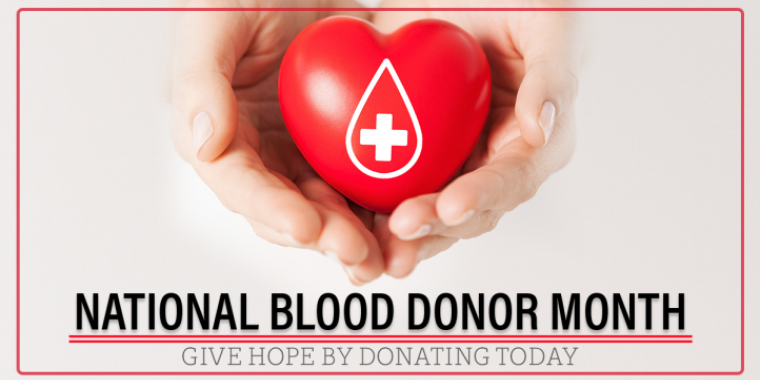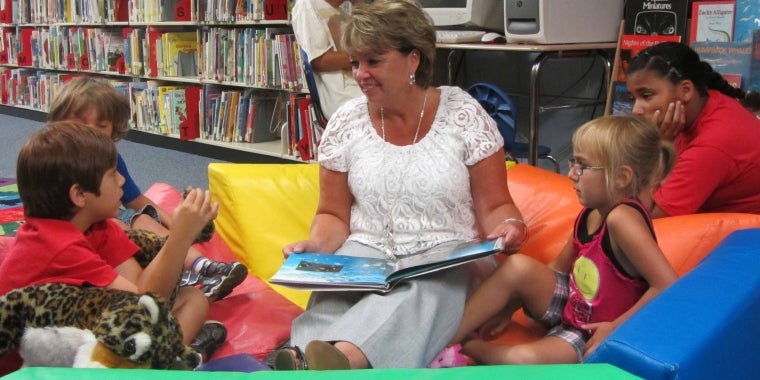
Saving Lives One Donation at a Time
Senator Patty Ritchie
January 12, 2018
-
ISSUE:
- Blood Drive

January marks National Blood Donor Month. It is a time to recognize the lifesaving contributions of blood donors, and renew the call for more donations.
The American Red Cross, which supplies about 40 percent of the nation’s blood supply, says the winter months are the most difficult time to collect blood. It says poor weather often results in canceled blood drives, illnesses that keep people from donating and a spike in traffic accidents where victims need blood.
That is why I am joining the Red Cross’ effort to encourage individuals to ‘roll up a sleeve’ and donate blood in 2018. Here are a few reasons why your donation could be lifesaving:
2 Seconds: Every two seconds someone in the U.S. needs blood. A single car accident victim can require as many as 100 pints of blood. Also, blood used in an emergency, or to treat diseases such as cancer and sickle cell, is required to already be on a hospital’s shelves at the time of need.
7 Percent: Always in demand and always in short supply, only seven percent of Americans have type O negative blood. Type O negative is the only blood that is universal and can be given to people of all blood types. It is also the only blood that can be provided to the victim of an emergency before a blood type is known, or given to newborns who need blood.
10 Minutes: In just that short period of time, you can donate a pint of blood. That pint can be used to save up to three lives. According to the American Red Cross, there are only four steps in the donation process: registration, a medical history check, a mini-physical and then the actual donation. There are always refreshments available after the process is over.
2,600 Hospitals: The American Red Cross provides blood for patients in approximately 2,600 hospitals across the United States. The blood is available for any patient who needs it, with no requirement to find donors to replace the blood they use.
Here in the United States, 80 percent of blood donations made through the Red Cross are collected through mobile blood drives set up within local communities just like ours. As winter continues and the need for blood grows, I hope you will consider making a much-needed donation and possibly help save the life of someone in your community.
There are also many people in our communities who would love to be able to donate blood, but for one reason or another, cannot. In that circumstance, you can still help. You can start by raising awareness of a local drive—sending an eCard, inviting friends and family to donate. The Red Cross has a Facebook page on which you can invite your social media friends to donate blood. You can also volunteer at a local blood drive, or make a financial donation to support one. There is always a need for this type of assistance.
To learn more about the American Red Cross and how to donate blood, in encourage you to visit www.redcross.org/give-blood.
Share this Article or Press Release
Newsroom
Go to Newsroom"Shop Small" this Holiday Season
December 3, 2020

Ben Richardson
November 11, 2020

Ritchie: Help Me Send Christmas Cards to Our Troops
October 19, 2020

Ritchie: More than $400,000 Awarded to Local Libraries
October 8, 2020
